Home>Storage Ideas>Kitchen Storage>How To Clean Kitchen Grease: Expert Tips To Remove Dirt
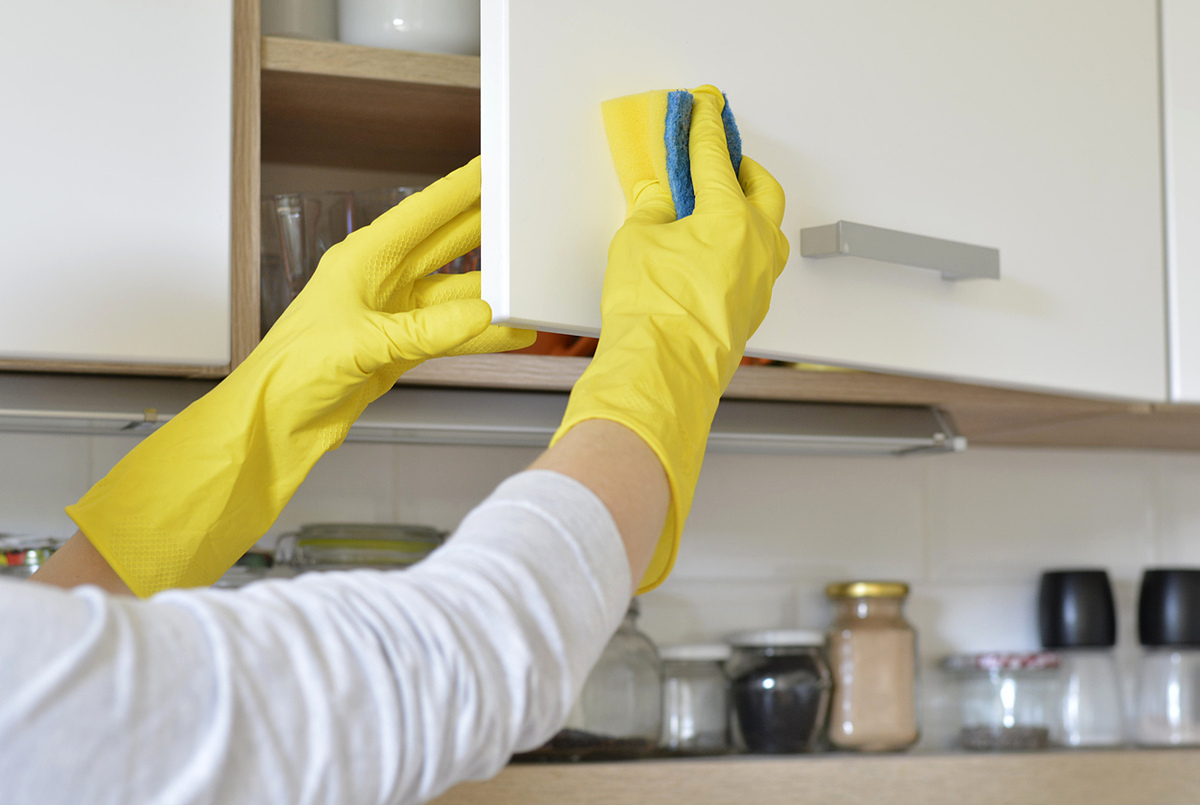

Kitchen Storage
How To Clean Kitchen Grease: Expert Tips To Remove Dirt
Modified: August 27, 2024
Learn expert tips on how to clean kitchen grease and remove stubborn dirt. Discover effective kitchen storage ideas to keep your space organized and clutter-free.
(Many of the links in this article redirect to a specific reviewed product. Your purchase of these products through affiliate links helps to generate commission for Storables.com, at no extra cost. Learn more)
Introduction
Welcome to our comprehensive guide on how to clean kitchen grease! If you spend a lot of time in the kitchen, you know how quickly grease can accumulate on surfaces, appliances, and even your hands. Not only does it make your kitchen look dirty and dull, but it can also pose health risks and cause unpleasant odors. That’s why it’s crucial to know the best methods and expert tips for removing kitchen grease effectively.
Grease is composed of fats, oils, and other substances that are released during cooking. It tends to splatter and settle on various surfaces, forming a sticky residue that is difficult to remove. From stovetops and countertops to oven hoods and cabinets, grease can find its way just about everywhere in the kitchen. But fear not! With the right approach and a little elbow grease (pun intended), you can restore your kitchen to its sparkling clean state.
In this guide, we will walk you through every step of the process. From understanding kitchen grease and preparing for cleaning to removing grease from surfaces and appliances, we’ve got you covered. We’ll also touch on dealing with grease stains and offer tips for preventing grease build-up in the first place.
Before we dive into the nitty-gritty details, it’s essential to emphasize that safety should always come first when dealing with cleaning agents and grease. Make sure to wear protective gloves, use ventilation if necessary, and keep children and pets away from the cleaning area. Additionally, always follow the instructions provided by the manufacturer of cleaning products to ensure both effectiveness and safety.
So, if you’re ready to tackle that stubborn kitchen grease and bring back the shine to your cooking space, let’s get started with our expert tips and tricks on how to clean kitchen grease!
Key Takeaways:
- Say goodbye to stubborn kitchen grease by using degreasing agents, natural solutions, and proper techniques to restore surfaces and appliances to their sparkling clean state.
- Prevent grease build-up with simple habits like using splatter screens, wiping down surfaces regularly, and maintaining kitchen appliances, creating a hygienic and visually appealing cooking environment.
Read more: How To Clean Up Grease On Floor
Understanding Kitchen Grease
Before we delve into the cleaning process, it’s important to have a basic understanding of kitchen grease. Grease is a common byproduct of cooking that accumulates from fats, oils, and other substances. When food is cooked, fat and oil may splatter, settle on surfaces, and leave behind a greasy residue. Over time, grease builds up and can become stubborn to remove.
Kitchen grease varies in consistency depending on factors such as the type of cooking oil used, cooking methods, and the temperature at which cooking occurs. For example, frying foods at high temperatures tends to produce more grease compared to other cooking methods like baking or boiling. Grease can solidify when it cools down, making it even more challenging to clean.
Grease not only affects the aesthetic appeal of your kitchen but can also pose health risks. In addition to being unhygienic, built-up grease can become a breeding ground for bacteria and foul odors. If left untreated, grease can attract pests and make your kitchen less pleasant to cook in.
It’s important to note that different surfaces and materials in your kitchen can present unique challenges when it comes to grease removal. For example, porous materials such as wood or unsealed stone can absorb grease, making it more difficult to eliminate. On the other hand, non-porous surfaces like stainless steel or glass are generally easier to clean.
Understanding the characteristics of kitchen grease will help you choose the most effective cleaning methods and products for your specific cleaning needs. Now that we have a better grasp of what kitchen grease is let’s move on to the next step: preparing for cleaning.
Preparing for Cleaning
Before you start tackling the grease in your kitchen, it’s essential to prepare for the cleaning process properly. Taking the time to gather the necessary supplies and prepping the area will make your cleaning efforts more efficient and effective. Here are some steps to follow when preparing to clean kitchen grease:
- Gather your cleaning supplies: You’ll need a variety of cleaning tools and products to effectively remove grease from different surfaces. Some essential items include a grease-cutting dish soap, baking soda, white vinegar, microfiber cloths, scrub brushes or sponges, a spray bottle, and rubber gloves.
- Clear the kitchen surfaces: Remove any items, appliances, or utensils from the surfaces you plan to clean. Clearing the area will ensure that you have better access and visibility to the grease stains, making it easier to clean thoroughly.
- Protect nearby objects: Grease can splatter while cleaning, so it’s a good idea to protect nearby objects that you don’t want to get dirty. Place towels or plastic sheets over countertops, stovetops, and any other items that are in close proximity to where you’ll be cleaning.
- Ventilate the area: Grease can release unpleasant odors, especially when cleaning surfaces like oven hoods or stovetops. Open windows or turn on kitchen ventilation to provide proper airflow and prevent the smell from lingering in your kitchen.
- Read product instructions: If you’re using cleaning products, make sure to read the instructions carefully. Different products may have specific guidelines or precautions that need to be followed for safe and effective use.
- Test a small area: Before applying any cleaning solution or method to larger surfaces, it’s a good practice to test it out on a small, inconspicuous area first. This will help ensure that the cleaning method won’t cause any damage or discoloration.
By properly preparing for the cleaning process, you set yourself up for success in removing kitchen grease. Now that you have everything ready, it’s time to move on to the next step: removing grease from surfaces.
Removing Grease from Surfaces
Removing grease from surfaces is a crucial step in deep cleaning your kitchen. From countertops to cabinets, here are some expert tips for getting rid of that stubborn grease:
- Start with a degreasing agent: Begin by applying a degreasing agent, such as a grease-cutting dish soap or a commercial degreaser, to the grease-stained surface. Follow the instructions on the product, and allow it to sit for a few minutes to penetrate the grease.
- Agitate with a microfiber cloth or sponge: Use a damp microfiber cloth or sponge to agitate the grease and break it up. Scrub gently in circular motions, focusing on the areas with the most grease build-up. Avoid using abrasive materials or rough scouring pads, as they can scratch or damage certain surfaces.
- Rinse with warm water: After scrubbing, rinse the surface with warm water to remove any remaining grease and cleaning solution. Use a clean cloth or sponge to wipe away the rinse water.
- Repeat if necessary: For particularly greasy areas, you may need to repeat the process of applying a degreasing agent and agitating the grease multiple times. Be patient and persistent, as it may take a few rounds to completely remove the grease.
- Dry the surface: Once the grease is removed, dry the surface thoroughly with a clean, dry cloth. This step is crucial to prevent any remaining moisture from attracting dirt or causing water spots.
Keep in mind that the effectiveness of these methods may vary depending on the surface material. When cleaning countertops or other porous surfaces, it’s important to avoid using excessive water, as it can seep into the material and cause damage. Instead, opt for a damp cloth or sponge and dry the surface promptly after cleaning.
For non-porous surfaces like stainless steel or glass, you can also try using a mixture of equal parts water and white vinegar as a natural degreaser. This mixture can effectively cut through grease while leaving a streak-free finish.
Remember, prevention is always better than cure. Regularly wiping down your kitchen surfaces after cooking can help prevent grease from building up too much in the first place. However, if grease has already accumulated, these tips will help you restore the cleanliness of your surfaces.
Now that you know how to remove grease from surfaces, let’s move on to the next section: cleaning grease from appliances.
Cleaning Grease from Appliances
Grease can easily build up on kitchen appliances, making them look grimy and decreasing their efficiency. Properly cleaning and maintaining your appliances will not only keep them looking great but also ensure they continue to function optimally. Here’s how you can effectively remove grease from various kitchen appliances:
Read more: How To Clean Grease From Waffle Iron
Stovetop and Oven
To clean grease from your stovetop, start by removing any removable burner grates or gas burner caps. Soak them in warm soapy water and scrub away the grease with a sponge or brush. For electric stovetops, wipe the surface with a damp cloth or sponge and a grease-cutting dish soap. Rinse thoroughly and dry with a clean cloth.
For oven cleaning, mix a paste of baking soda and water and spread it over the interior of the oven, avoiding the heating elements. Let it sit overnight to loosen the grease. The next day, use a damp cloth or sponge to scrub the paste, loosening the grease and dirt. Wipe away the residue with a clean cloth, and rinse with water if necessary.
Microwave
To tackle grease in your microwave, start by placing a microwave-safe bowl with a mixture of water and lemon juice or vinegar inside. Heat it on high for a few minutes until the mixture steams. The steam will help loosen the grease and make it easier to clean. Carefully remove the bowl and wipe the interior surfaces with a cloth or sponge dampened with a grease-cutting dish soap. Rinse and dry thoroughly.
Range Hood
The range hood can accumulate a significant amount of grease, especially the filters. Remove the filters and soak them in hot water mixed with a grease-cutting dish soap. Scrub away the grease with a brush, rinse thoroughly, and let them dry before putting them back. Clean the exterior of the range hood with a damp cloth or sponge and a grease-cutting cleaner, then dry thoroughly.
Dishwasher
Over time, grease and food particles can accumulate in the dishwasher, affecting its performance. To clean it, remove the filter and rinse it under warm water to remove any loose debris. Use a toothbrush or soft brush to scrub away any visible grease or build-up. Wipe down the interior walls and surfaces with a cloth or sponge dampened with a mixture of water and white vinegar. Run an empty cycle with a cup of white vinegar on the top rack to further remove any grease and odors.
Remember to refer to the manufacturer’s instructions for specific cleaning recommendations for your appliances. Regularly cleaning your kitchen appliances will not only make your kitchen look cleaner but also prolong the lifespan of the appliances themselves.
Now that you know how to clean grease from your kitchen appliances, we’ll move on to the next section: dealing with grease stains.
Dealing with Grease Stains
Grease stains can be a common occurrence in the kitchen, especially on clothing, tablecloths, and other fabrics. Thankfully, there are effective methods to remove these stubborn stains. Here’s how you can tackle grease stains:
Clothing and Fabrics
If you find a grease stain on your clothing or fabric, act quickly for the best chance of successful removal. First, blot the stain gently with a clean cloth or paper towel to absorb any excess grease. Avoid rubbing the stain, as this can push the grease deeper into the fabric.
Next, apply a small amount of liquid dish soap or a pre-treatment stain remover directly to the stain. Use a soft brush or toothbrush to gently work the soap or stain remover into the fabric. Let it sit for a few minutes to penetrate the stain.
Rinse the area with warm water, and then wash the garment or fabric as usual. Check if the stain has been completely removed before drying the fabric. If the stain persists, repeat the process or consider using a specialized grease-fighting laundry detergent.
Furniture and Upholstery
To tackle grease stains on furniture or upholstery, start by blotting the stain with a clean cloth or paper towel to remove any excess grease. Avoid rubbing, as it can push the stain deeper into the fabric or upholstery.
Next, sprinkle a generous amount of baking soda or cornstarch onto the stain and let it sit for at least 15 minutes. The powder will help absorb the grease from the fabric. Afterward, vacuum or brush off the baking soda or cornstarch.
If the stain remains, create a paste by mixing a small amount of dish soap with water. Apply the paste to the stain and gently scrub with a soft brush or cloth. Rinse the area with a clean, damp cloth and allow it to air dry. If the stain persists, you may need to seek professional cleaning services.
Remember, it’s crucial to act promptly when dealing with grease stains. The longer the stain sits, the more difficult it may be to remove. Be sure to check the manufacturer’s instructions for any specific cleaning recommendations or restrictions for your specific fabrics or furniture.
Now that you know how to deal with grease stains, let’s move on to our next section: preventing grease build-up in the first place.
Preventing Grease Build-up
Preventing grease build-up in your kitchen is key to maintaining a clean and healthy cooking environment. By implementing a few simple strategies and habits, you can significantly reduce the amount of grease that accumulates. Here are some tips to help prevent grease build-up:
Read more: How To Clean A Range Hood – With Expert Tips
Use Splatter Screens
When cooking foods that tend to splatter grease, such as bacon or fried foods, use splatter screens or lids to cover the pans. These screens help contain the grease, preventing it from splattering onto nearby surfaces and causing build-up.
Wipe Down Surfaces Regularly
Get into the habit of wiping down your kitchen surfaces regularly after cooking. Use a damp cloth or sponge with a mild detergent to remove any grease or residue. This simple step can prevent grease from building up and becoming more challenging to clean later on.
Clean the Range Hood and Filters
Regularly clean and maintain your range hood and its filters. Grease can accumulate in the range hood and filters, reducing their efficiency and increasing the risk of fire hazards. Follow the manufacturer’s instructions to clean these areas thoroughly and prevent grease build-up.
Cover Pots and Pans
When cooking on the stovetop, cover pots and pans with lids whenever possible. This helps trap the heat and steam, reducing the amount of grease that escapes into the air. It also minimizes the likelihood of grease splattering onto nearby surfaces.
Avoid Pouring Grease Down the Drain
One common mistake is pouring grease down the drain, which can lead to clogs and plumbing issues. Instead, let the grease cool and solidify, then scrape it into a container or sealable bag. Dispose of it in the trash to prevent grease from accumulating in your pipes.
Regularly Clean Kitchen Appliances
In addition to cleaning up after cooking, it’s important to regularly clean your kitchen appliances, including the oven, stovetop, and microwave. This prevents grease from building up and becoming more difficult to remove. Refer to the manufacturer’s instructions for specific cleaning recommendations for each appliance.
By incorporating these preventive measures into your kitchen routine, you can significantly reduce grease build-up and make cleaning tasks much more manageable. A little effort in prevention goes a long way in maintaining a clean and grease-free kitchen.
Now that we’ve covered prevention tips, let’s wrap up our comprehensive guide on how to clean kitchen grease.
Conclusion
Cleaning kitchen grease may seem like a daunting task, but with the right knowledge and techniques, it can become a manageable and rewarding process. By understanding the nature of grease, preparing adequately, and using the appropriate cleaning methods, you can successfully remove grease from various surfaces and appliances in your kitchen.
Remember to always prioritize safety when handling cleaning agents and grease. Use protective gloves, ensure proper ventilation, and keep children and pets away from the cleaning area.
Whether you’re dealing with grease on surfaces like countertops and cabinets or tackling grease stains on clothing and furniture, following the expert tips and methods outlined in this guide will help restore your kitchen’s cleanliness and freshness.
Furthermore, prevention is key in maintaining a grease-free kitchen. Implementing simple habits such as using splatter screens, wiping down surfaces regularly, and properly maintaining kitchen appliances can significantly reduce the amount of grease that accumulates over time.
By incorporating these tips and techniques into your cleaning routine, you can create a hygienic and visually appealing kitchen environment that promotes a healthy cooking experience.
So, don’t let grease take over your kitchen. Take charge, follow our expert tips, and enjoy a clean and grease-free cooking space that you’ll be proud to prepare meals in. Happy cleaning!
Frequently Asked Questions about How To Clean Kitchen Grease: Expert Tips To Remove Dirt
Was this page helpful?
At Storables.com, we guarantee accurate and reliable information. Our content, validated by Expert Board Contributors, is crafted following stringent Editorial Policies. We're committed to providing you with well-researched, expert-backed insights for all your informational needs.
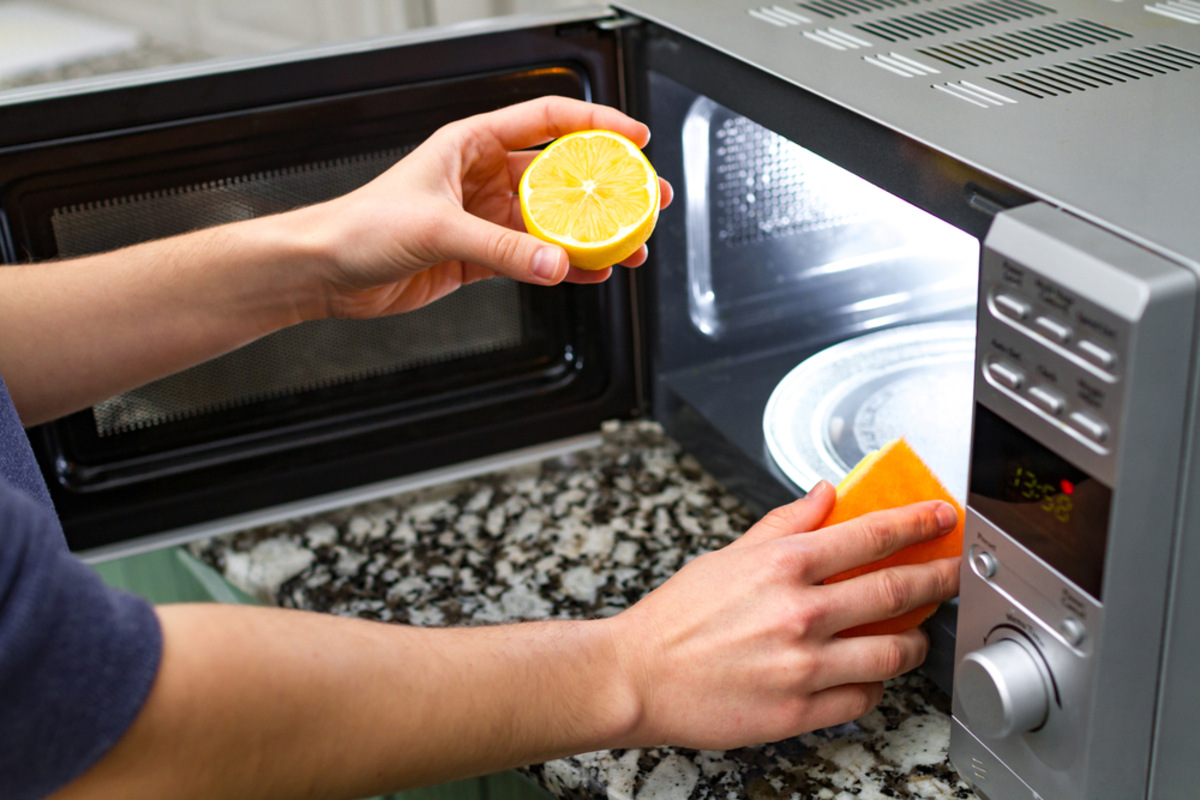
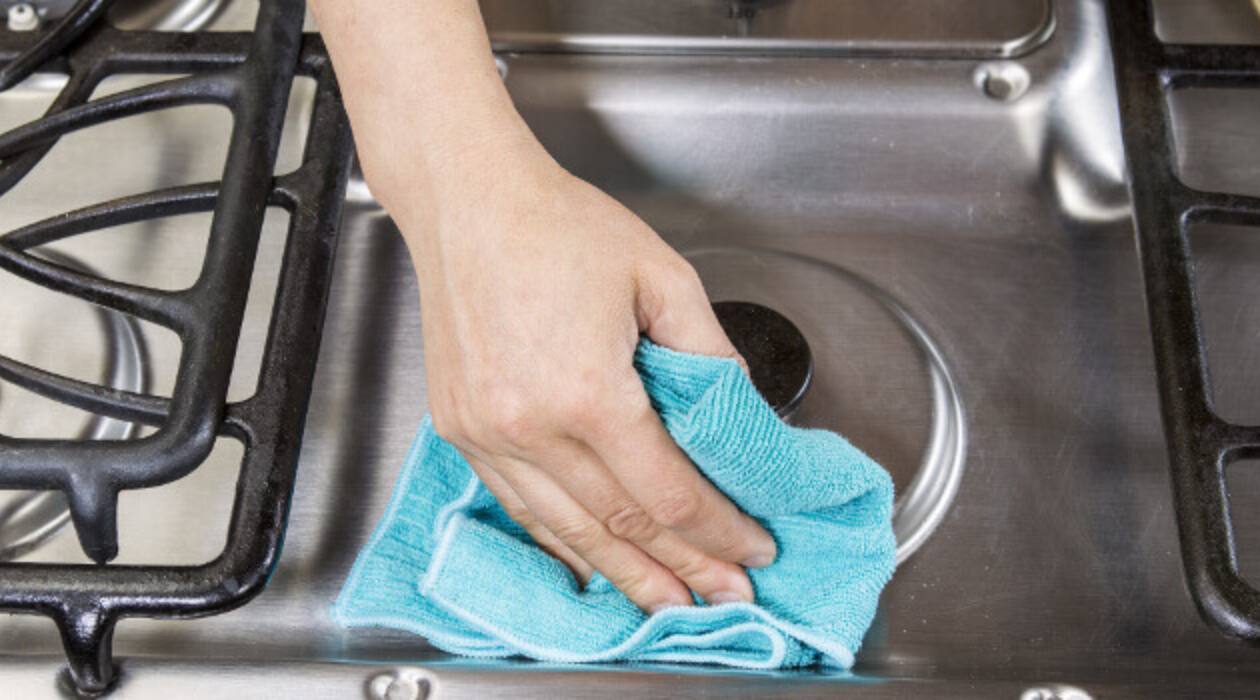
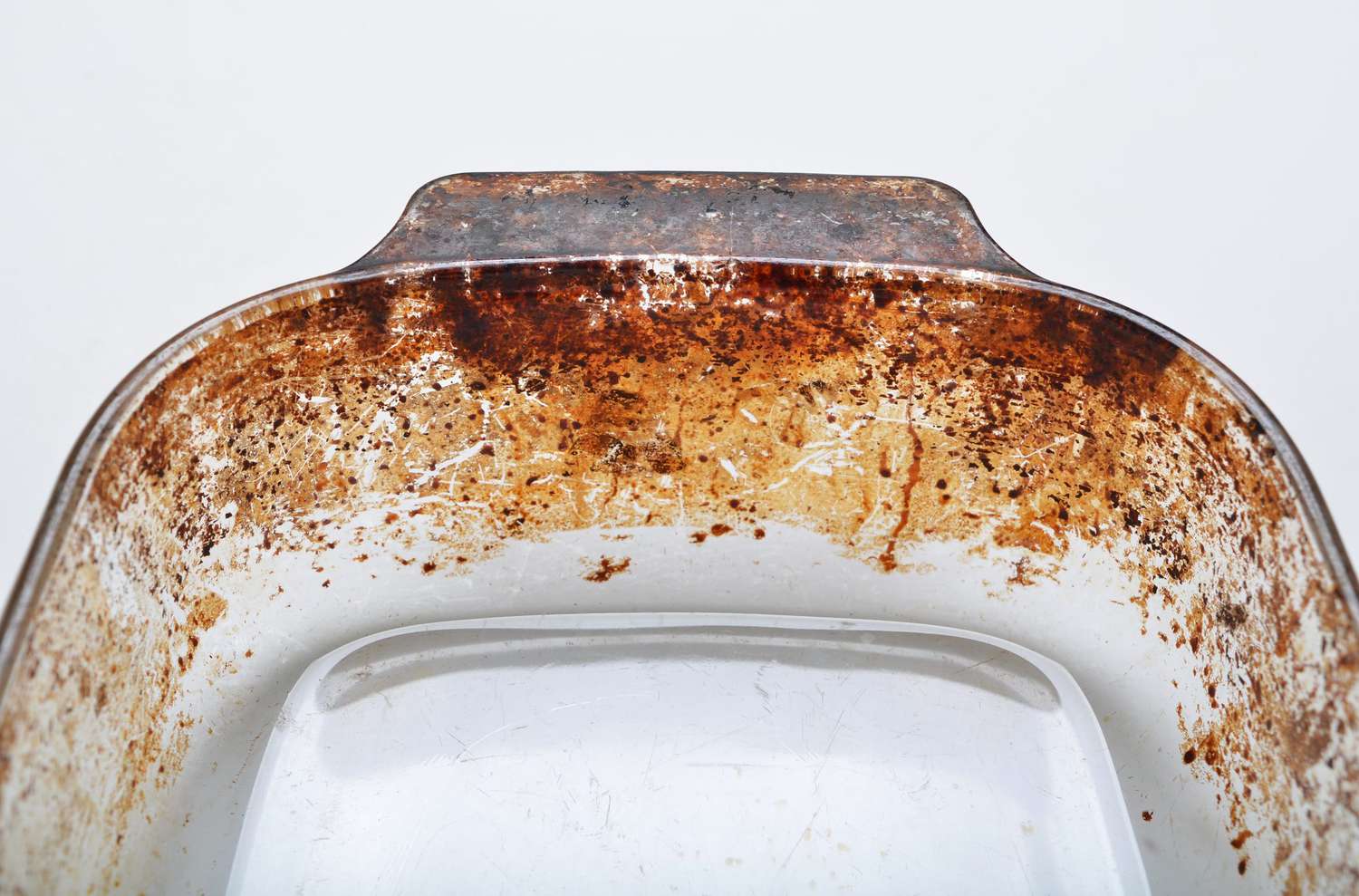
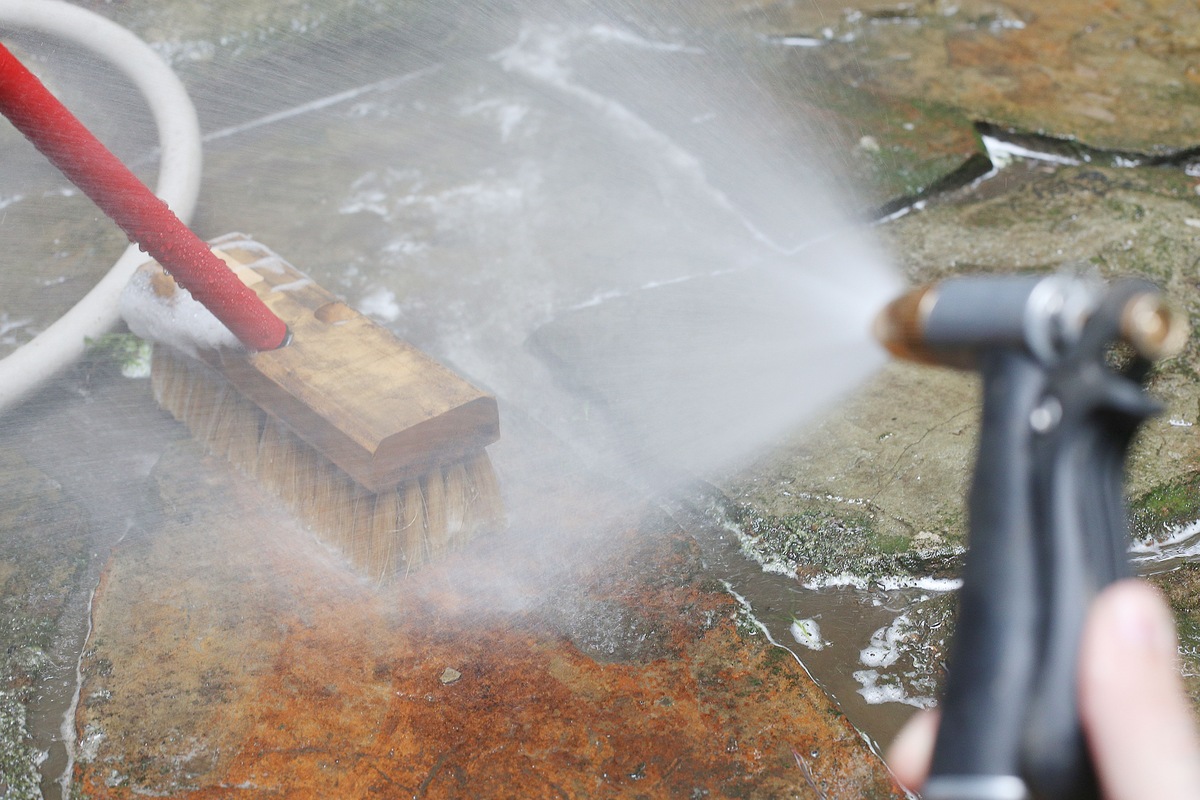
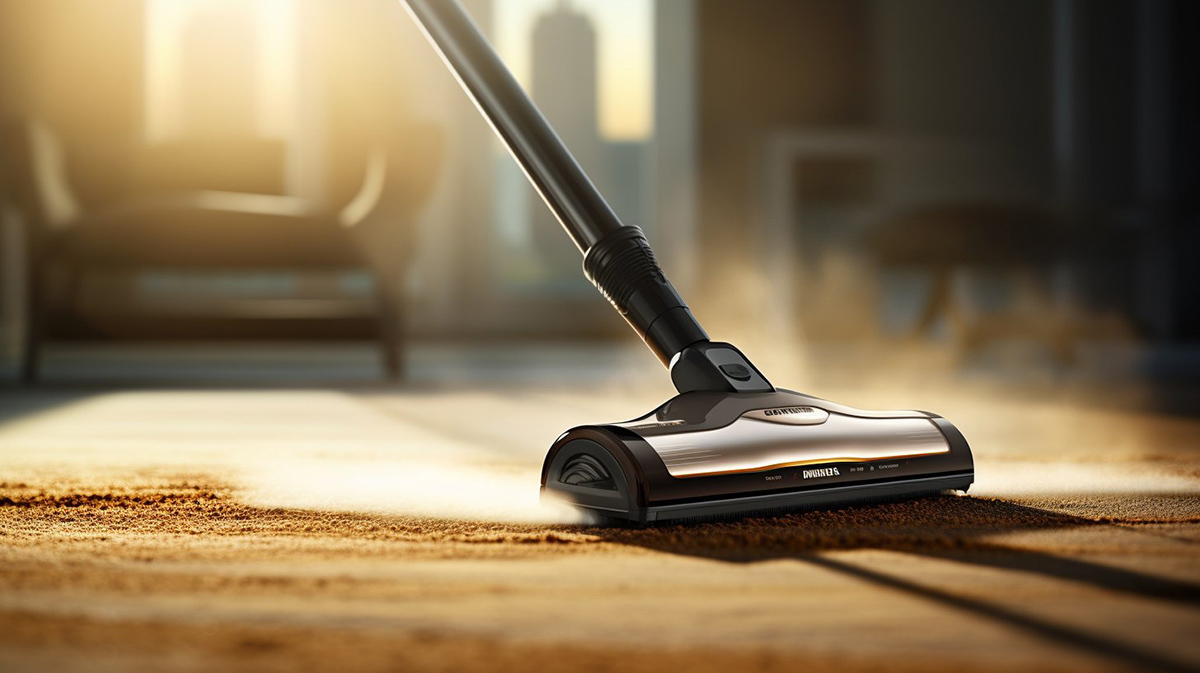
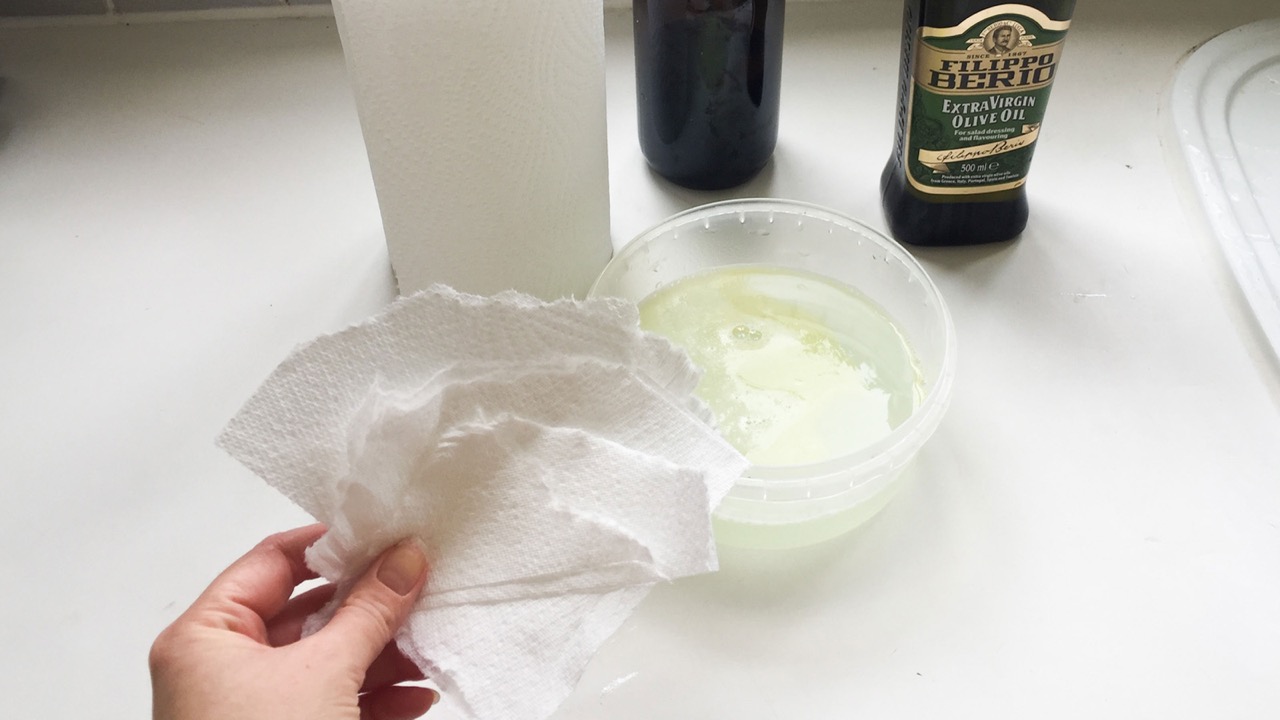

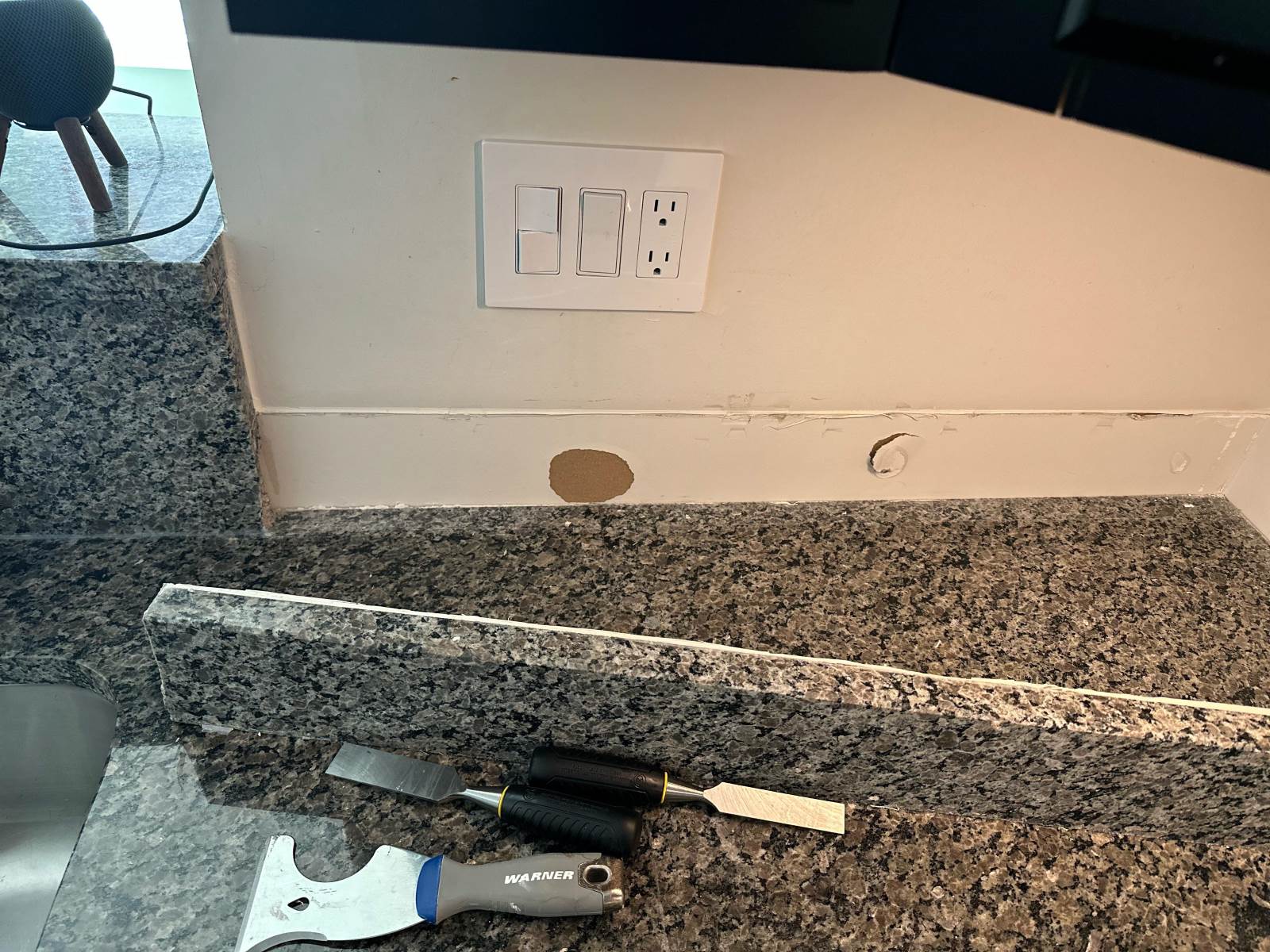
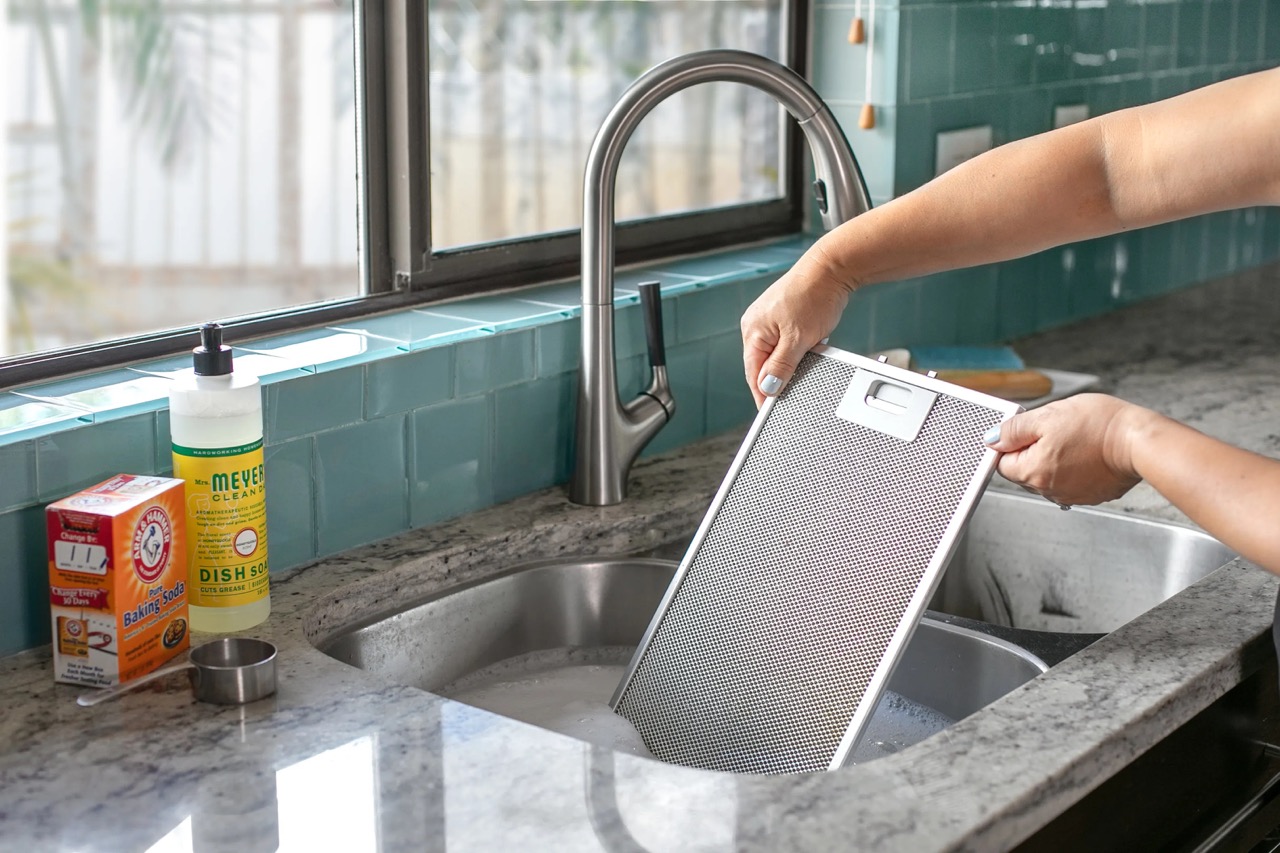
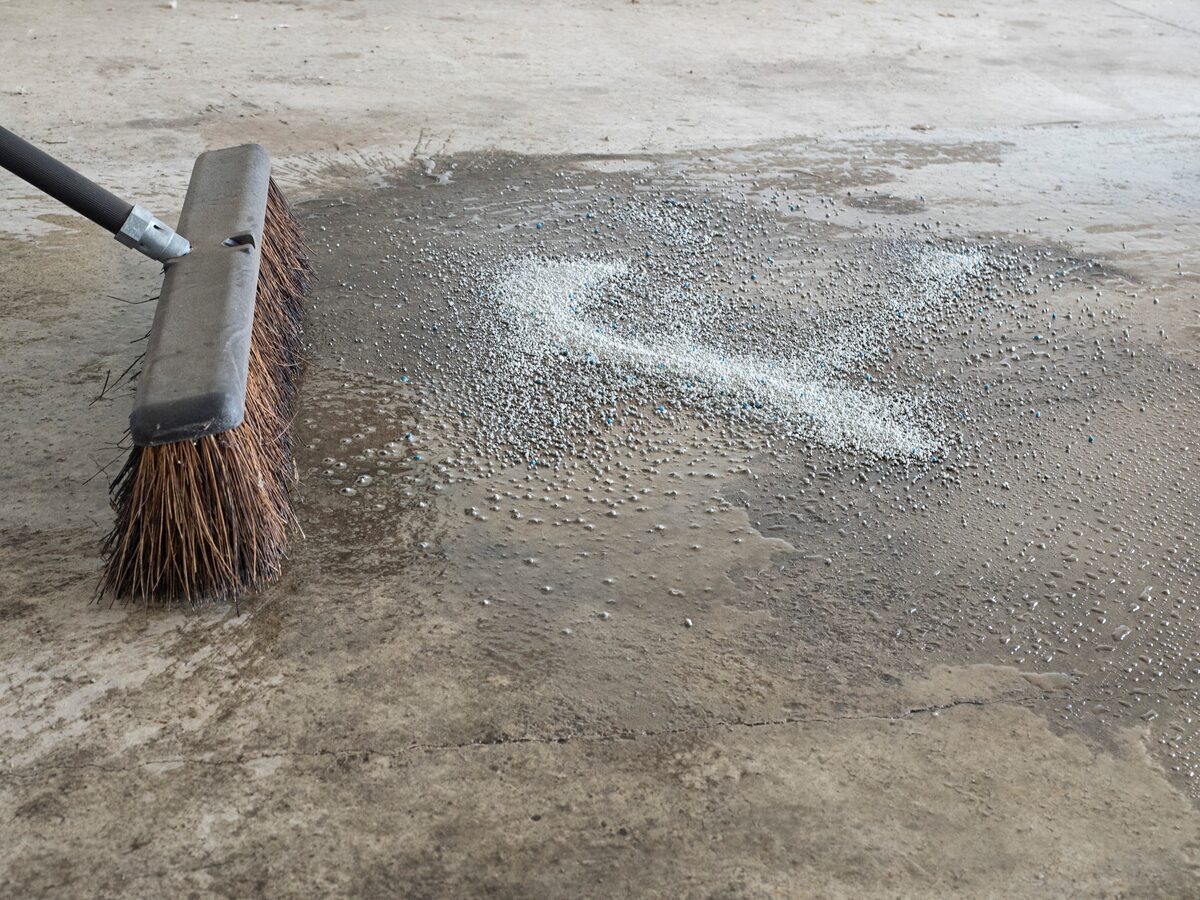
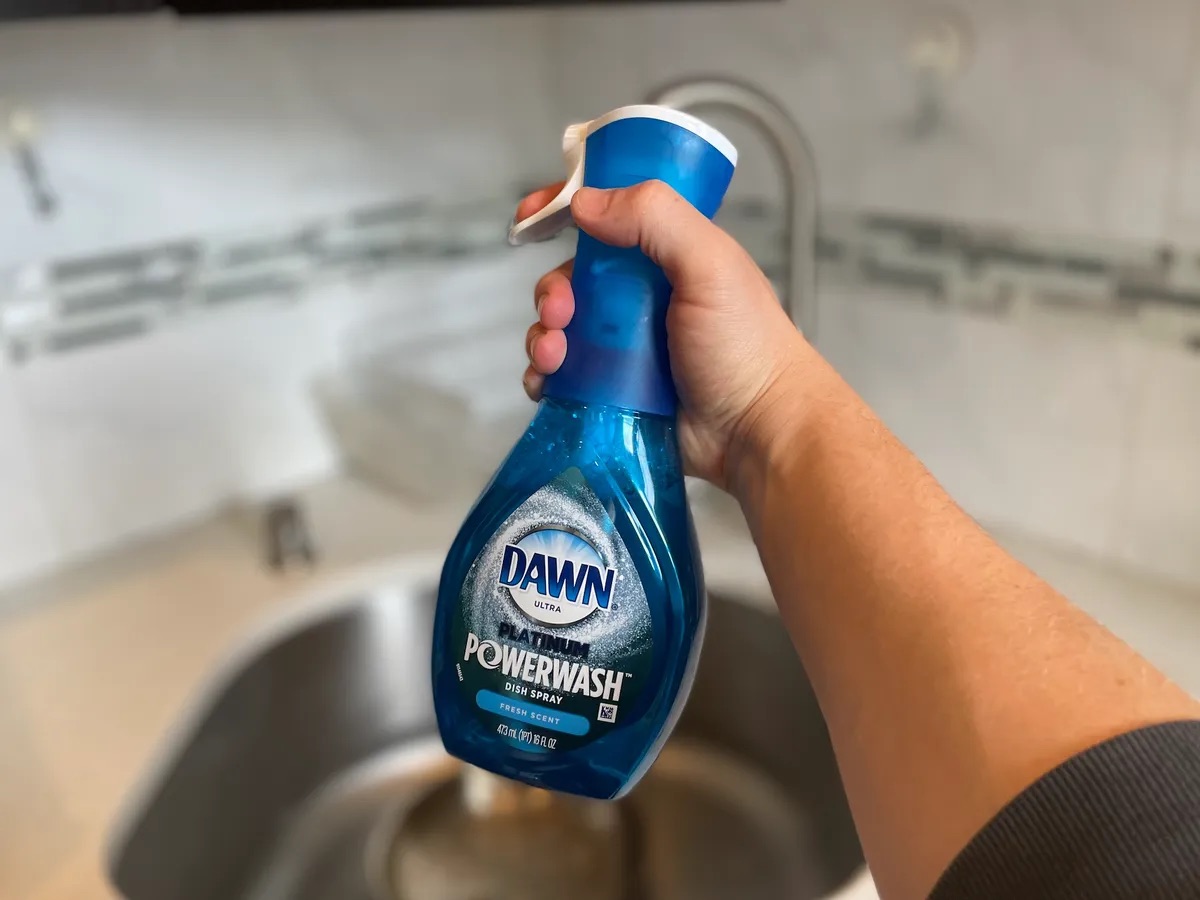

0 thoughts on “How To Clean Kitchen Grease: Expert Tips To Remove Dirt”